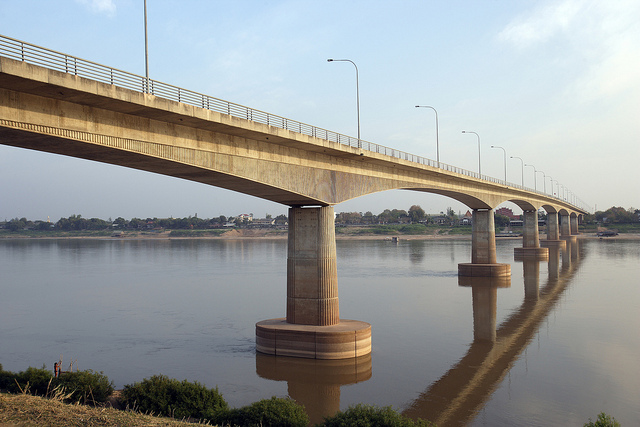
The report, Failure to Act: Closing the Infrastructure Investment Gap for America’s Economic Future, notes that aging infrastructure is no longer just a safety issue, but it has grown into an issue that is having a dynamic impact on the economy.
Additionally, the report states that if the infrastructure funding gap is not closed, the nation will lose 2.5 million jobs over the next 10 years and $4 trillion in gross domestic product.
And that, says ASCE, will result in a loss of $3,400 per year per household through 2025 and more than $110,000 per household through 2040. Those costs are the result of growing business costs associated with deteriorating infrastructure – from increases in the cost of electricity to higher costs for moving water to homes and businesses and increased costs for transport of goods via roads and rail and through ports. Those increased costs ultimately will be passed on to consumers.
As long as funding for infrastructure projects remains inadequate, states will continue to seek alternative funding sources, from increased gas taxes to public-private partnerships (P3s/PPPs). Increased tax revenue or funding from the private sector is becoming more important as government entities can no longer afford infrastructure improvements without an increase in federal funding. And federal funding is woefully lacking.
According to ASCE, there is a $1.44 trillion infrastructure investment gap in this country. The report notes that current infrastructure needs in the United States total $3.32 trillion, yet an investment of only $1.88 trillion has been made toward those projects. ASCE says that without additional funding, that gap will grow to $5.18 trillion by 2040.
Without creative and innovative answers to funding shortages, delays in funding will see infrastructure projects move from the “needs repair” to “needs replacement” column over the years. With ample private capital available, collaborative projects between the public and private sectors can provide funding solutions that government decision-makers should explore.

